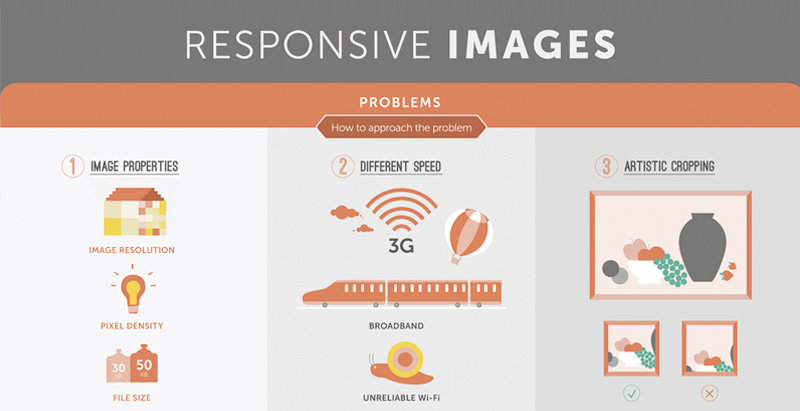Fascinated In Finding Out How Web Site Design Has Progressed? Take A Journey With The Improvement
Fascinated In Finding Out How Web Site Design Has Progressed? Take A Journey With The Improvement
Blog Article
Writer-Kahn Molina
In the past, sites were basic and concentrated on details. Navigation was direct, and layout was for desktops. Now, customer experience is essential. Data overviews styles for easy navigating. Receptive formats suit various gadgets. Today, dark setting minimizes strain, and minimalist menus boost navigating. Interactive functions engage users, and bold visuals attract attention. AI assimilation enhances interaction. See just how design has evolved to boost your on-line journey.
Early Days of Website Design
In the early days of website design, simplicity reigned supreme. Internet sites were basic, with restricted shades, font styles, and layouts. The emphasis was on supplying information rather than fancy visuals. Users accessed the net with sluggish dial-up links, so speed and capability were key.
Navigating food selections were straightforward, generally located at the top or side of the page. Websites were made for desktop, as mobile browsing had not been yet widespread. Content was king, and developers prioritized easy readability over complicated style aspects.
HTML was the key coding language utilized, and designers needed to function within its constraints. Animations and interactive functions were very little contrasted to today's standards. Websites were fixed, with little vibrant material or personalized user experiences.
Increase of User-Focused Style
With the development of web site style, a shift towards user-focused layout principles has become progressively noticeable. Today, developing internet sites that prioritize individual experience is crucial for engaging site visitors and achieving company objectives. User-focused style involves recognizing the needs, preferences, and habits of your target audience to customize the site's design, web content, and features appropriately.
Designers currently perform extensive study, such as customer surveys and usability screening, to gather understandings and comments directly from users. This data-driven method assists in creating instinctive navigation, clear calls-to-action, and visually attractive interfaces that reverberate with visitors. By positioning the user at the facility of the layout procedure, web sites can deliver a more customized and pleasurable experience.
Receptive layout has also become a vital aspect of user-focused style, making certain that web sites are maximized for various gadgets and screen sizes. This adaptability enhances accessibility and functionality, catering to the diverse ways individuals engage with sites today. Fundamentally, the surge of user-focused layout signifies a shift in the direction of producing electronic experiences that focus on the needs and assumptions of the end individual.
Modern Trends in Web Design
Discover the current patterns forming website design today. https://www.forbes.com/sites/forbesagencycouncil/2021/04/01/five-essential-digital-marketing-tips-for-beginners/ is dark setting design, providing a streamlined and modern-day look while lowering eye strain in low-light atmospheres. Another vital pattern is minimalist navigation, simplifying menus and enhancing user experience by focusing on essential elements. Including micro-interactions, such as animated buttons or scrolling impacts, can develop an extra engaging and interactive internet site. Receptive style continues to be vital, guaranteeing smooth individual experiences throughout numerous gadgets. Additionally, utilizing visit the following post and unbalanced layouts can add aesthetic interest and accentuate particular material.
Incorporating AI innovation, like chatbots for consumer assistance or personalized referrals, boosts user interaction and enhances processes. Availability has also become a considerable fad, with designers prioritizing comprehensive style practices to cater to diverse user demands. Accepting sustainability by maximizing website efficiency for rate and performance is an additional arising pattern in web design. Collaborating with customer feedback and information analytics to iterate and improve design continuously is necessary for staying appropriate in the ever-evolving electronic landscape. By welcoming these modern fads, you can develop a visually enticing, user-friendly web site that reverberates with your audience.
Conclusion
As you reflect on the development of site design from the early days to currently, you can see exactly how user-focused design has ended up being the driving pressure behind contemporary trends.
Embrace the journey of modification and adaptation in web design, constantly keeping the user experience at the center.
Tippingpointdigital
Stay existing with the most recent trends and innovations, and never ever stop progressing your technique to create visually sensational and user-friendly web sites.
Progress, adapt, and develop - the future of web design is in your hands.
